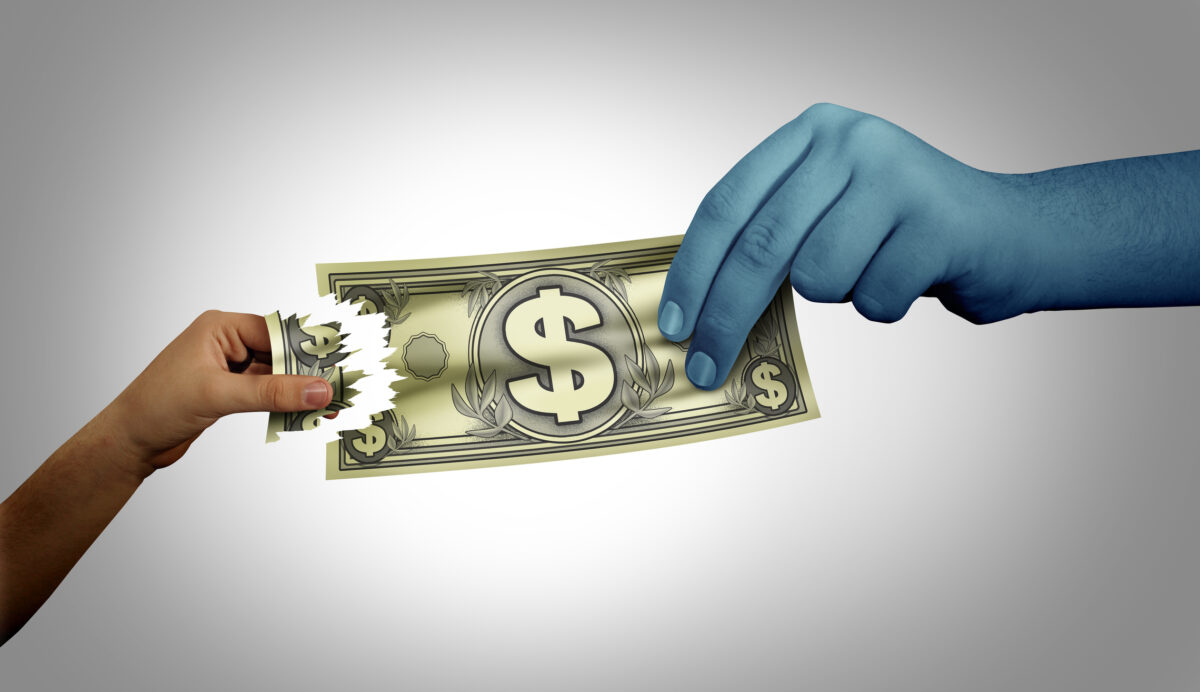Inflation declined to 4.9% in April in encouraging sign for economy
Inflation cooled slightly to 4.9% for the year ending in April, the Bureau of Labor Statistics reported Wednesday, a welcome sign that the Federal Reserve’s efforts to tame price growth are working.
The much-anticipated numbers from the consumer price index show that, while inflation is much too high, it is falling in response to the Fed’s aggressive interest rate hikes, the most recent of which came last week.
HOW THE DOMINOES WILL FALL IF THE WORST HAPPENS WITH THE DEBT CEILING
Inflation had been running at 5% the month before. Tuesday’s report marks 10 straight months of declines in annual inflation after the rate peaked at a whopping 9.1% in June. Prices overall grew by 0.4 percentage points between March and April (as opposed to an annual basis), according to the index.
Meanwhile, “core inflation,” which strips out volatile food and energy prices, ticked down a tenth of a percentage point to 5.5% for the year ending in April.
“Consumer prices rose as expected in April, leaving inflation still well above its pre-pandemic trend,” Oxford Economics wrote in an analysis of Wednesday’s report. “We expect to receive more encouraging news on the inflation front as the economy cools though we won’t reach the Fed’s 2% inflation target for quite some time.”
Soaring inflation has buffeted households over the past two years and undercut support for President Joe Biden and his agenda. Republicans have blamed the high inflation on the administration’s spending measures.
The higher prices are hitting consumers hard. The rising cost of food, in particular, has been difficult for many households. The price of bread has risen 12.6% over the last year, while dairy products have increased in price by 8%.
While some energy products, such as gasoline, rose on a month-to-month basis, many items were down heavily from the year before. Regular unleaded gasoline fell 12.4% on an annual basis, while fuel oil dropped more than 20%.
The Fed has been working to lower inflation through revisions to its target rate. The Fed just conducted its 10th consecutive rate hike this month, driving the target range between 5% and 5.25%.
The Wednesday report also comes against the backdrop of tumult in the banking system.
The upheaval began with the collapse of Silicon Valley Bank and has since extended to other regional banks. Economists fear that banks could curtail lending, delivering a further hit to the economy. The “tighter credit conditions are likely to weigh on economic activity, hiring, and inflation,” Fed Chairman Jerome Powell recently said.
Both the persistent inflation and the collapse of SVB have raised recession fears.
The New York Fed’s probability modeling indicates a nearly 58% chance of recession in the next 12 months.
Fed staff themselves predicted a mild recession in a presentation to central bank officials at the Federal Open Market Committee’s March meeting, minutes from the meeting recently revealed.
CLICK HERE TO READ MORE FROM THE WASHINGTON EXAMINER
Still, the labor market has remained surprisingly resilient in the face of the rate increases.
The economy exceeded expectations in April and added 253,000 jobs. The headline number was higher than predicted, and the unemployment rate fell to 3.4%, tied for the lowest such rate since 1969.
" Conservative News Daily does not always share or support the views and opinions expressed here; they are just those of the writer."





